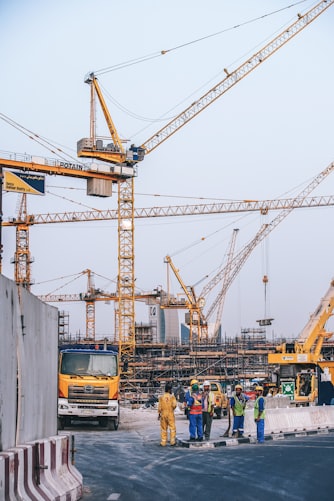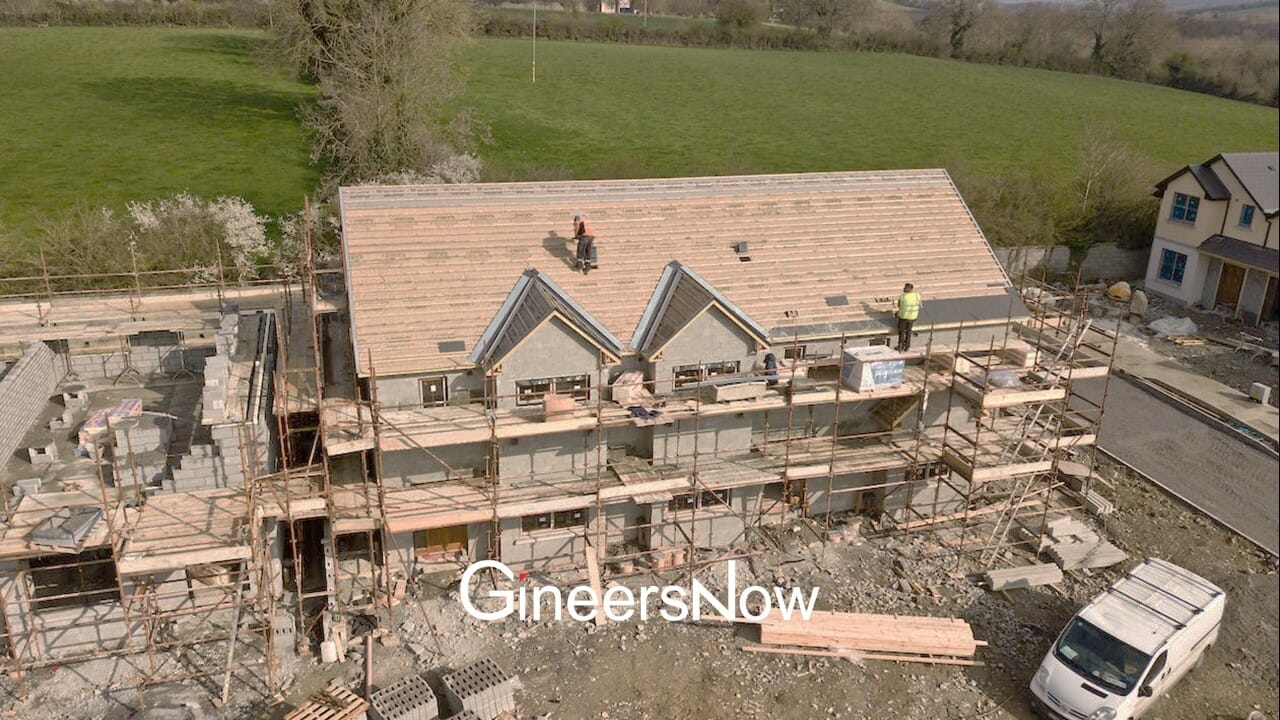2017 marked a great year for the construction industry as two factors have drastically improved: technology and infrastructure spending. Construction experts and analysts see that 2018 will be no different, and the two will continue to soar.
Trends in Construction
Gradually, technological advancements like the integration of mobile and cloud applications are changing the way engineers work in construction sites. More 3D printing, drone usage, and self-driving vehicles are seen to flourish next year, to add to the expansion of virtual and augmented reality and automation in the field.
More importantly, construction companies are incorporating sustainability in their engineering solutions and building methods. This is a hot topic of discussion over the recent years, and 2018 marks a critical year for this sector to cooperate. For this, we should expect more green buildings.
Another thing to look out for in 2018 is the increase in modular and prefabrication construction projects. With on-site construction being a lot more expensive and time consuming, this construction option will become a lot more attractive to builders and contractors.
The Construction Sector by the Numbers
The global construction industry in 2017 was expected to remain slow from 2.4% in 2016, according to a report called Global Construction Outlook 2021 by Market Research Hub. In the next five years, the sector’s growth will be averaging at 2.8%.
The same report indicated that the global construction output reached US$8.8 trillion in 2016 up from US$7.9 trillion in 2012 and will stand at US$10.1 trillion in 2021.
China, Japan, and India remain to be large construction markets, allowing the Asia-Pacific region to have the largest share of the global construction industry. The United States has overlapped China at the top spot, while the United Arab Emirates still an active construction market with significant construction growth.
For United States construction starts for 2018, the growth is expected to climb 3% to $765 billion as reported in the 2018 Dodge Construction Outlook, a mainstay in construction industry forecasting and business planning.
“The U.S. construction industry has moved into a mature stage of expansion,” stated Robert Murray, chief economist for Dodge Data & Analytics, North America’s leading provider of analytics and software-based workflow integration solutions for the construction industry.
“After rising 11% to 13% per year from 2012 through 2015, total construction starts advanced a more subdued 5% in 2016,” the analyst said. “An important question entering 2017 was whether the construction industry had the potential for further expansion.”
He went on to say that total construction starts in 2017 are estimated to climb 4% to $746 billion.
“For 2018, there are several positive factors which suggest that the construction expansion has further room to proceed,” Murray added.
“The U.S. economy next year is anticipated to see moderate job growth. Long term interest rates may see some upward movement but not substantially. While market fundamentals for commercial real estate won’t be quite as strong as this year, funding support for construction will continue to come from state and local bond measures. Two areas of uncertainty relate to whether tax reform and a federal infrastructure program get passed, with their potential to lift investment.
“Overall, the year 2018 is likely to show some construction project types register gains while other project types settle back, with the end result being a 3% increase for total construction starts. By major sector, gains are predicted for residential building, up 4%; and nonresidential building, up 2%; while nonbuilding construction stabilizes after two years of decline.”
Meanwhile, ConstructConnect, a collaborative network providing complete, accurate, and actionable preconstruction data, believes that construction starts forecast for 2018 is a 4.8% increase to $773.1 billion. Their forecast for construction starts in 2017 is a 7.9% growth over 2016 to $737.8 billion.
Other than the United States, the Gulf Cooperation Council, composed of Saudi Arabia, Kuwait, the United Arab Emirates, Qatar, Bahrain, and Oman, is also on the construction market map. It has exhibited growth in 2017, recording a 30% rise in its year-to-date performance.
A study by MENA Research Partner indicated that projects worth $130 billion have so far been completed in the region, $30 billion more compared to $100 billion for the whole of 2016, despite headwinds that extended from low oil prices to budget adjustments in many GCC countries.
It noted that the United Arab Emirates and Saudi Arabia account for 70% of the value of active projects.
A top official at Khansaheb Civil Engineering sees that the construction in the UAE will have its awaited growth moment in 2018, expected during the four to five months before the summer. Abdulrahman Khansaheb, director of the company, believes the flood of new projects will start hitting the UAE construction sector that time.
“We all know the end date (in 2020) — the volume of work is there and orders will start flowing,” he said. “This year, we were all expecting orders to flow through more smoothly. That didn’t happen — in fact, 2015 and 2016 had much better project flow.
“This year, everybody were re-evaluating their projects … how to get more for their buck. The crunch period will be before next summer,” he added.
The construction industry in all countries can only hope that 2018 will be a progressive year.




















